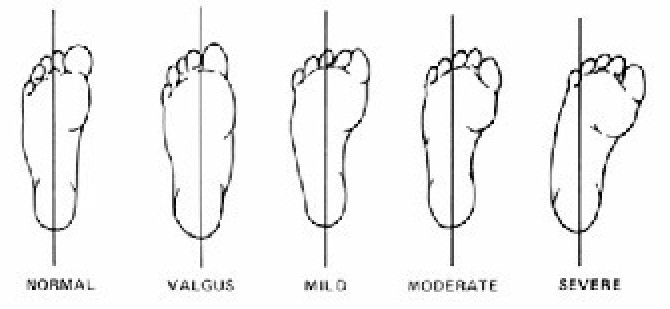Most rotational and angulational variations in young children are benign and resolved spontaneously. However, they may cause great concerns to parents. In order to provide a deliberate assessment and management of lower limb rotational and angulational problems, it is necessary for pediatricians to understand the normal variations of lower limb development in healthy children combined with the features of child growth and development and detail physical examinations.
Key words
Lower limb rotation /
Lower limb angulation /
Assessment /
Child
{{custom_sec.title}}
{{custom_sec.title}}
{{custom_sec.content}}
References
[1]Sass P, Hassan G. Lower extremity abnormalities in children[J]. Am Fam Physician, 2003, 68(3): 461-468.
[2]Kamegaya M, Shinohara Y. Gait disorders and leg deformities in children[J]. J Orthop Sci, 2002, 7(1): 154-159.
[3]Staheli LT, Corbett M, Wyss C, King H. Lower-extremity rotational problems in children. Normal values to guide management[J]. J Bone Joint Surg Am, 1985, 67(1): 39-47.
[4]Stephen JS, Andrew AS. Assessment of angulation and torsion of lower limbs in children[J]. Int Pediatr, 2001, 16(3): 138-143.
[5]Lincoln TL, Suen PW. Common rotational variations in children[J]. J Am Acad Orthop Surg, 2003, 11(5): 312-320.
[6]Wall EJ. Practical primary pediatric orthopedics[J]. Nurs Clin North Am, 2000, 35(1): 95-113.
[7]李正,王慧贞,吉士俊.实用小儿外科学(下册)[M]. 2001:1589-1595.
[8]Available at www. doctorslounge. com/pediatrics/diseases/7_1.jpg.
 PDF(385 KB)
PDF(385 KB)


 PDF(385 KB)
PDF(385 KB)
 PDF(385 KB)
PDF(385 KB)
